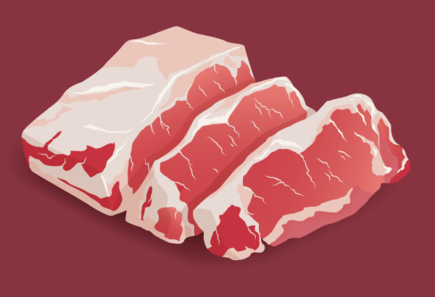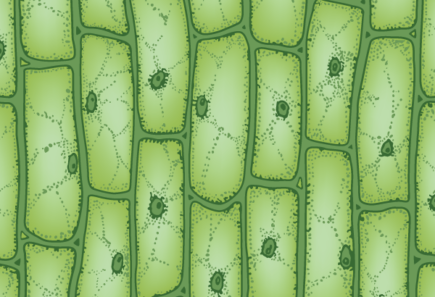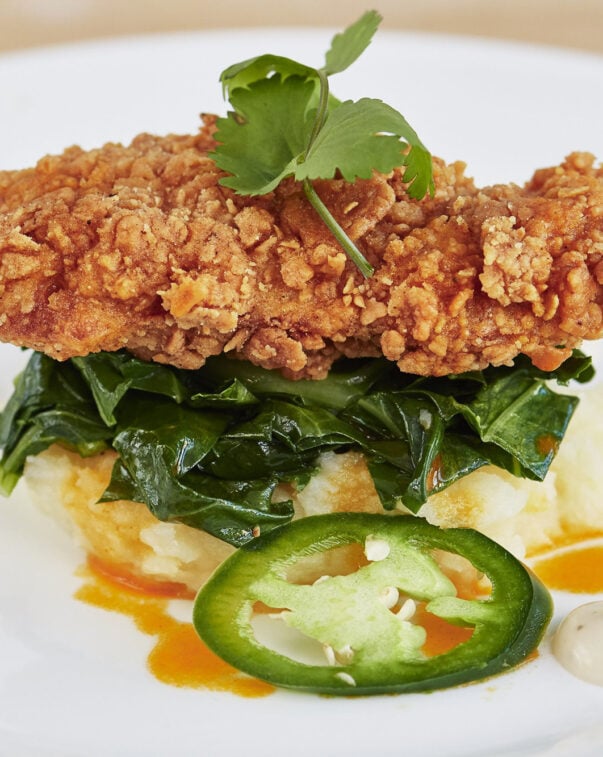M3atD: 3D bioprinting for cultivated meat
2020-2021
Dr. Sara Oliveira at the International Iberian Nanotechnology Laboratory in Portugal is 3D bioprinting scaffolds to efficiently produce cultivated meat.
PRODUCTION PLATFORM: Cultivated
TECHNOLOGY SECTOR: Scaffolding

Project aims
This project is developing a set of methods that could be widely applied to the 3D printing of scaffolds for cultivated meat. Specifically, the research creates a 3D bioprinted model based on edible polymers to optimize the texture and nutritional profile of cultivated meat. It will also provide analysis of the organoleptic properties of cultivated meat.
Overall, this work will improve our understanding of 3D bioprinting’s potential in cultivated meat production.
Principal researcher

Dr. Sara Oliveira
Research Engineer, International Iberian Nanotechnology Laboratory, Portugal
Dr. Oliveira investigates 3-D food-printing applications for healthy and sustainable living. Her expertise is in fabricating stem cells and scaffolding by 3-D bioprinting, as well as inducing cell instruction through cell-materials interactions. She uses biotribology, rheology, flow dynamics, structural analysis, textural analysis, and design of experiments to model food inks and 3-D foods properties. She also studies plant-derived oleogels.

Page
Research grants
Learn about cutting-edge alternative protein research funded by GFI. Find funding opportunities for your own research.
View related grant projects

Developing marbled cultivated beef
GFI is developing marbled cultivated beef with Dr. Amy Rowat at University of California, Los Angeles

Cellular building blocks
Learn about Dr. Marcelle Machluf’s work designing cellular building blocks for cultivated meat with at Technion – Israel Institute of Technology.

Plant-based scaffolds
GFI is building plant-based tissue scaffolds for cultivated meat with Dr. Masatoshi Suzuki at University of Wisconsin, Madison
Explore research opportunities
-
Cultivated
Naturally adhesive and edible non-animal scaffolding materials
There is a limited number of edible non-animal scaffold materials that are naturally adhesive for use in cultivated meat production. Identifying a larger and more diverse set of these materials,…
-
Cultivated
Incorporating growth factors into scaffolds to reduce costs and introduce spatial heterogeneity
Growth factors (GFs) can be incorporated into scaffolds as a strategy for both reducing costs and improving product quality of cultivated meat. Open-access research is needed to test the feasibility…
-
Cultivated
Scaffolds and structural approaches to optimize fat distribution and content in cultivated meat
The inclusion of fat and marbling in cultivated meat is likely to increase its flavor, texture, and consumer appeal. Structural approaches using edible microcarriers, hydrogels, and 3D bioprinting present promising…

Page
The science of cultivated meat
Learn about the science of cultivated meat and the challenges that must be addressed for commercial production.
